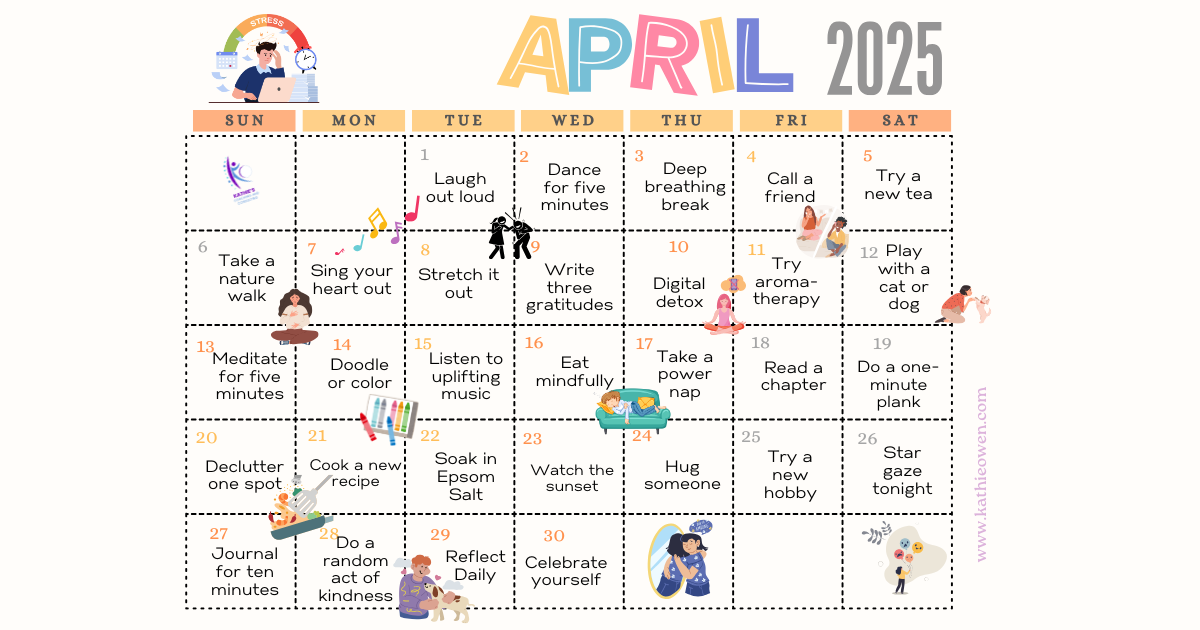Crafting Captivating Narratives: The 4 Essential Components of Storytelling in the Workplace
In the bustling corridors of corporate landscapes, the ancient art of storytelling has found a renewed purpose, transforming mundane communications into powerful narratives that captivate, motivate, and inspire. Kindra Hall, in her influential book "Stories that Stick," unravels the essence of compelling storytelling, presenting a framework that resonates deeply within the professional realm.
This blog post delves into Hall's four pivotal components of storytelling—identifiable characters, authentic emotion, a significant moment, and specific details—and explores their application in fostering a vibrant workplace culture.
1. Identifiable Characters
At the heart of every memorable story are characters that listeners can connect with. In a corporate setting, these characters often emerge from the ranks of employees, clients, or even the company itself. Hall emphasizes the importance of limiting characters to one to three key figures to maintain focus and relatability. By presenting characters that reflect the audience's experiences, aspirations, or challenges, storytellers can bridge the gap between the narrative and the listener, making the story's message more impactful and enduring.
Application in the Workplace: When sharing success stories, focus on the journey of an individual or a team, highlighting their roles, challenges, and growth. This humanizes achievements and makes the outcomes more tangible and inspiring to others.
2. Authentic Emotion
The power of a story significantly amplifies when it evokes genuine emotions. Hall suggests tapping into the authentic emotions experienced by the characters at pivotal moments of the narrative. In the workplace, this could range from the thrill of solving a complex problem, the tension before a major presentation, or the joy of a well-earned success. By sharing these emotions, storytellers forge an emotional connection with their audience, making the narrative more engaging and memorable.
Application in the Workplace: When recounting a project's challenges and triumphs, don't shy away from expressing the real emotions involved—the stress, the excitement, the relief. This authenticity makes the story relatable and can inspire resilience and determination in others.
3. A Moment
A compelling story typically revolves around a significant moment—an event or realization that marks a turning point. Hall advocates for centering the narrative around such a moment to capture the audience's attention and drive the message home. In a corporate context, this could be the breakthrough in a project, a pivotal decision by the leadership, or a transformative customer interaction. These moments serve as the climax of the story, delivering the core message and the lessons learned.
Application in the Workplace: Highlight key moments that changed the course of events or led to significant insights, such as the turning point in a struggling project that led to its success. These stories can serve as powerful learning tools and motivators.
4. Specific Details
Details are the building blocks of vivid storytelling. Hall points out that specific details can transport listeners into the story's world, making the experience more immersive and the message more convincing. In the workplace, incorporating details such as the setting of an event, the specific challenges faced, or the exact emotions felt can make a story more relatable and impactful.
Application in the Workplace: When sharing a story, include details that paint a clear picture—describe the late-night brainstorming sessions, the tension in the room before a solution was found, or the relief and joy of the team's success. These details make the narrative more engaging and memorable.
Conclusion
Kindra Hall's "Stories that Stick" provides invaluable insights into crafting stories that resonate and endure, particularly in the corporate world. By focusing on identifiable characters, authentic emotions, significant moments, and specific details, corporate storytellers can create narratives that not only entertain but also inspire, teach, and bring people together. As we navigate the complexities of the modern workplace, let's harness the timeless power of storytelling to foster a culture of connection, empathy, and shared purpose.
Additional Resources
For those looking to dive deeper into the art of storytelling, consider exploring the following resources:
Kindra Hall's TED Talks and Keynote Speeches: Hall's public speaking engagements offer a treasure trove of storytelling insights and applications across various contexts.
Workshops and Courses on Storytelling: Many organizations and educational platforms offer courses that delve into the nuances of storytelling, providing hands-on experience and expert guidance.
Storytelling Podcasts and Blogs: Engage with content creators who specialize in storytelling to gain diverse perspectives and techniques to enrich your narrative skills.
Incorporating storytelling into the fabric of corporate communication can transform mundane interactions into meaningful engagements, paving the way for a more cohesive, motivated, and inspired workforce.

















Explore the liberating journey of letting go of perfectionism and embracing authenticity. This heartfelt guide shares personal experiences and practical tips for finding power in imperfection, with actionable journal prompts for self-discovery and growth.
#PersonalGrowth #Authenticity #SelfLove #MindsetShift #LetGoOfPerfection #PersonalDevelopment